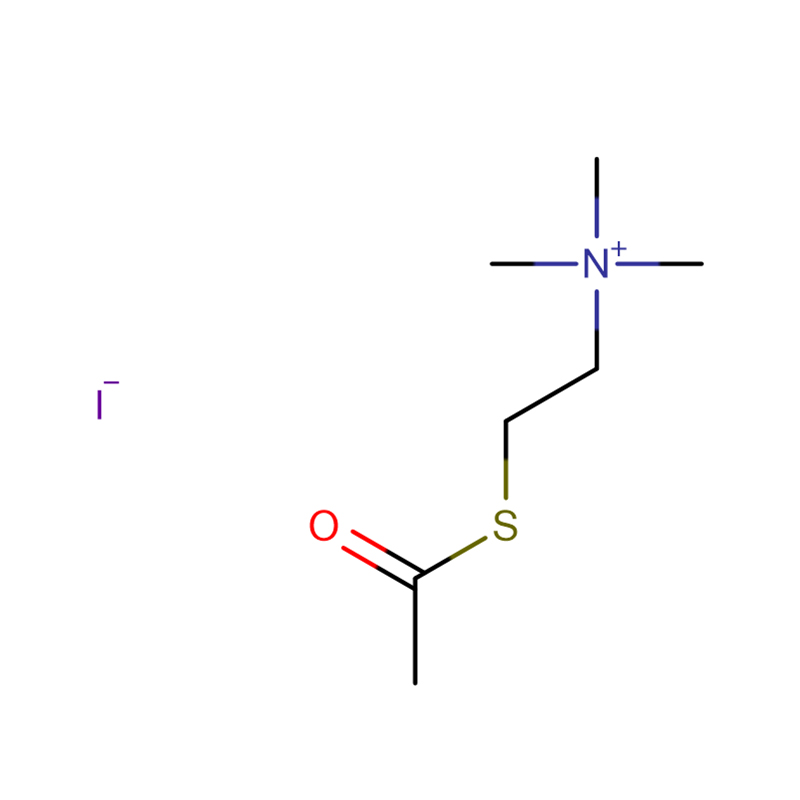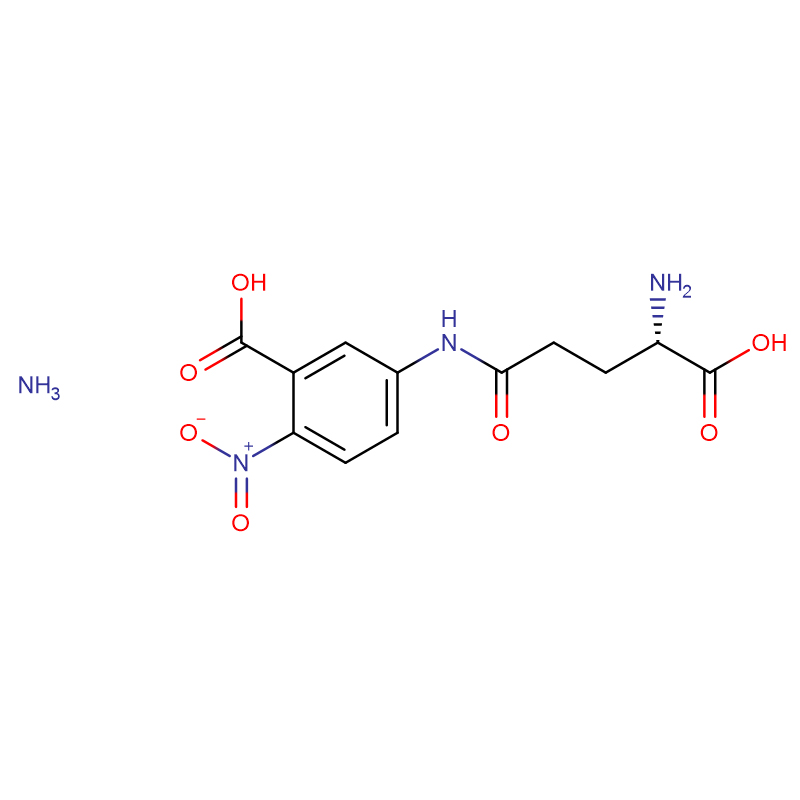NSP DMAE NHS CAS:194357-64-7 Yellow powder
| Catalog Number | XD90126 |
| Product Name | 2',6'-DiMethylcarbonylphenyl-10-sulfopropylacridiniuM-9-carboxylate 4'-NHS Ester |
| CAS | 194357-64-7 |
| Molecular Formula | C30H26N2O9S |
| Molecular Weight | 590.6 |
| Storage Details | 2 to 8 °C |
Product Specification
| Appearance | Yellow powder |
| Assay | 99% |
Acridine ester (NSP-DMAE-NHS), yellow powder, CAS number: 194357-64-7, is an important chemiluminescence reagent with high quantum yield and high chemiluminescence efficiency, usually Five or more times the Minoan. In addition, the chemiluminescence process of acridine esters has a rapid reaction and low background, and can emit light in the presence of sodium hydroxide and hydrogen peroxide. During the oxidation reaction, the conjugate is decomposed, which does not affect the luminescence of the free acridine ester; in addition, the acridine ester chemiluminescence reagent has good stability and is easy to store.
Physicochemical properties: Acridine esters are a class of chemicals that can be used as chemiluminescent labels. In alkaline H2O2 solution, when the molecules of acridine esters are attacked by hydrogen peroxide ions, the substituents on the acridine ring Chemicalbook can interact with C-9 on the acridine ring and H2O2 (hydrogen peroxide) form unstable dioxyethane, which decomposes into CO2 and electronically excited N-methylacridone.
Application: acridine esters, 1,2-dioxetanes and other chemiluminescence systems, the combination of chemiluminescence method and other technologies such as high performance liquid chromatography, sensor technology and flow injection technology, because of its fast analysis speed , simple equipment, high sensitivity and wide linear range and other advantages, has been widely used in chemical food safety, biomedicine, environmental testing and other fields.
In addition to its application in immunoassays, acridinium esters can also be used to label oligonucleotide fragment probes for gene assays or microbial assays. Acridine ester compounds are well suited for labeling DNA strands to make chemiluminescent DNA probes. Modern medical research results show that many diseases, such as cancer and genetic diseases, are related to DNA mutations.
Application: Chemiluminescence reagent


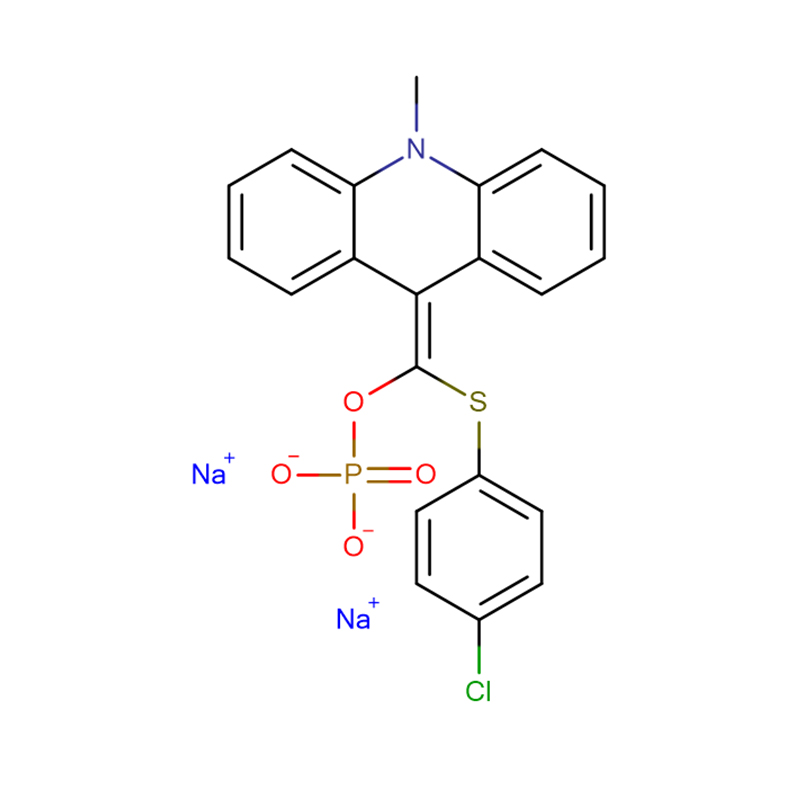
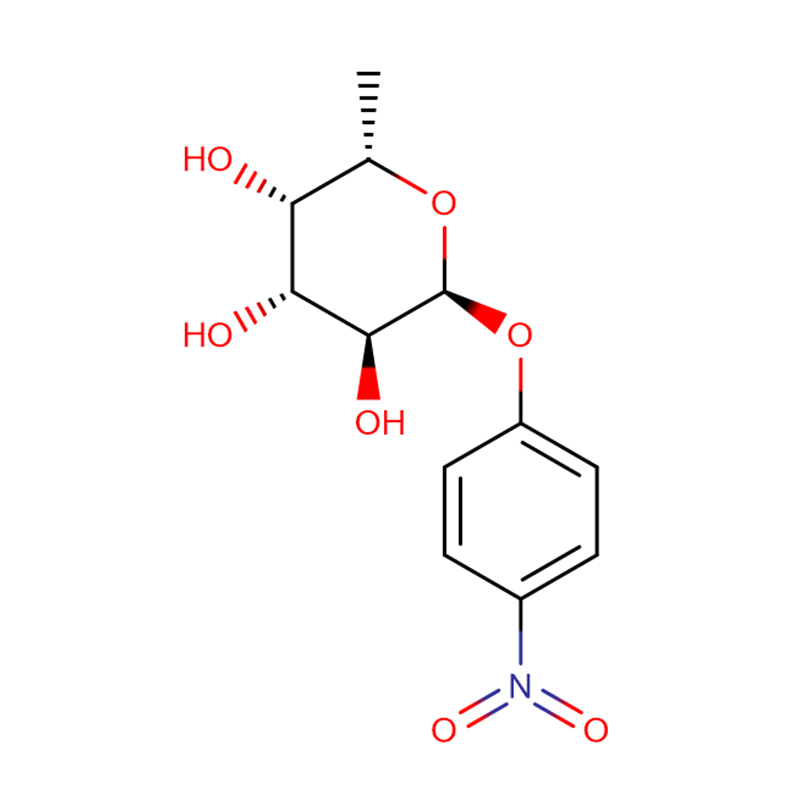
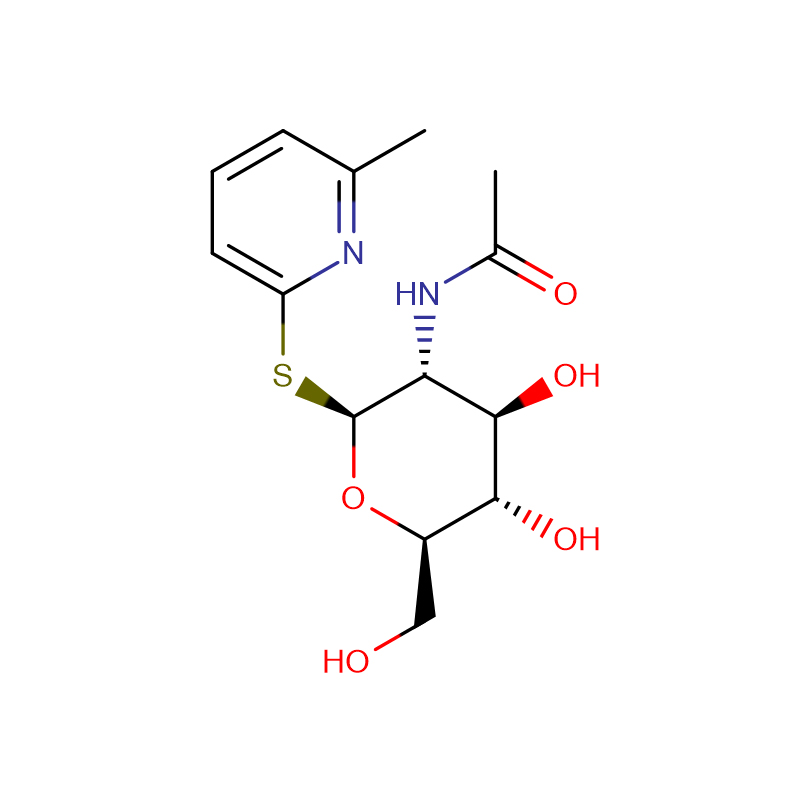
![2-[2-(4-hydroxy-3,5-diiodophenyl)ethenyl]-3,3-dimethyl-1-(3-sulfopropyl)-, inner salt CAS:145876-11-5](https://cdn.globalso.com/xdbiochems/145876-11-5.jpg)

